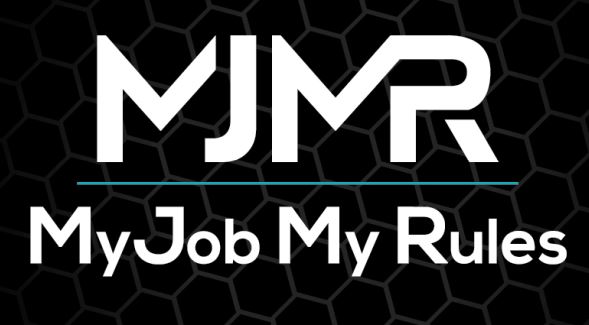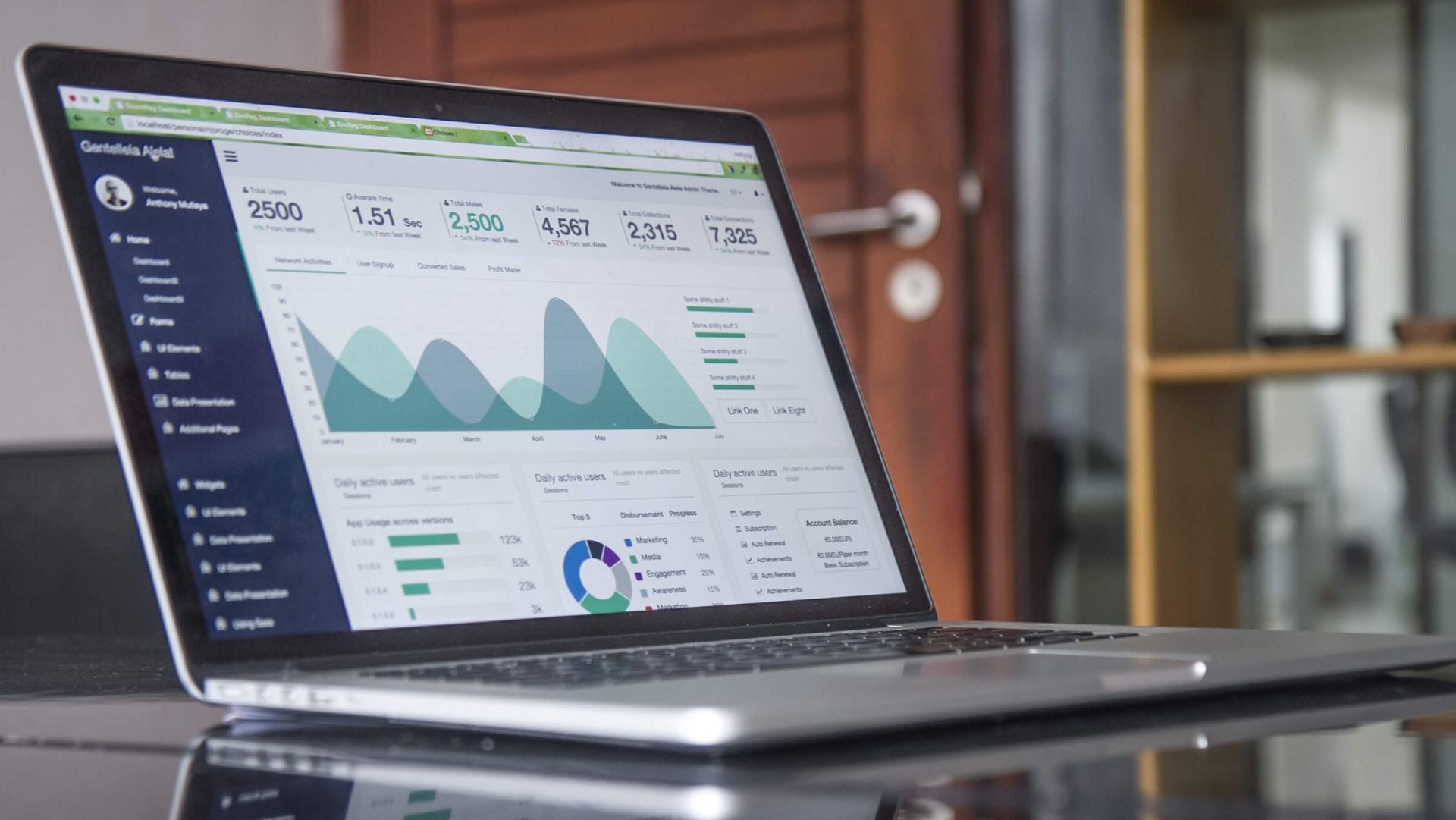In the previous blog on ‘What is the dimension of a digital product?’, I shared with you a characteristic of digital product that stands for ‘D’ i.e. ‘Dimension’. In this blog, I am going to explain what I meant by the characteristic ‘E’ i.e. ‘Earn’.
Any physical product made has to be sold on the market for a price, so that the manufacturer could get returns on the investment, and earn money from selling the product. The same concept applies to a digital product. The ultimate intention is to generate revenue from the usage/selling of the digital product. Sometimes, the pricing & selling strategies differ dramatically for digital products when compared to a physical product. And that is what I am going to share with you today.
So, How do you earn by making a digital product?
Every product that is made needs to add value to its customers so that it could be bought & sold in the market. The nature of pricing for these digital products is quite different to the physical products. Some of the unique ways a digital product is priced are:
1) Fixed price i.e. you pay a fixed price like any other physical product and that digital product is yours for ever. For example: You can buy the Microsoft office (Word, PPT, excel sheet etc.) software by paying one fixed price and it is yours to use forever.
2) Subscription model i.e. you pay a monthly fee or an annual fee.
For example: ‘Amazon prime’ charges an annual subscription fee of £79. In return, you can watch all video content on prime and get free one-day deliveries for the products you buy on Amazon. Sometimes this is also called a digital service that you have bought.
Other Example would be: Buying the online edition of ‘Economist’ at a monthly subscription fee of $9.99. In return, you will be able to read the digital magazine ‘Economist’ on phone, tablet & desktop.
Another Example would be: You opt to buy the same Microsoft office product on a monthly or annual subscription model, where you will always be using the latest version of the product.
Most of the enterprise and individual use software are available in subscription based pricing.
3) SaaS (Software as a Service) model i.e. you pay based on the usage of the digital product which could be based on the number of transactions done.
For example: Eventbrite (Create & Host an event). They don’t charge you for conducting free events. Otherwise, the fee is based on the number of tickets sold and the price of the ticket.
This way of pricing a digital product offers flexibility to the customers, provide more options to choose from based on their need & situation.
In my next blog, I will share few Live examples of products that I define as Digital and some that are not Digital. Hope this blog was useful. If you have any question related to Digital domain, write your questions to us. We will get back to you with an answer.
Thanks for reading!!
Your Product Coach,
Onkar



